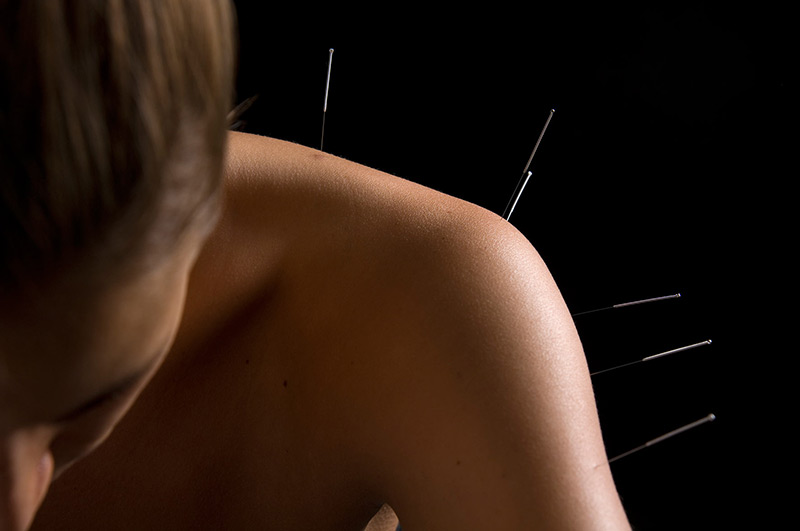
By Leo H. Carney
Published: December 16, 1984 http://www.nytimes.com Permalink
 WHEN it comes to acupuncture, New Jersey is 5,000 years behind the Orient. But the ancient healing art is now being officially embraced in the state and is available to the public for the first time.
WHEN it comes to acupuncture, New Jersey is 5,000 years behind the Orient. But the ancient healing art is now being officially embraced in the state and is available to the public for the first time.
Although there are now only four licensed nonmedical acupuncturists in New Jersey, the number is expected to reach two dozen by the spring, with substantial increments each year thereafter.
The first meeting of the state’s four-member Acupuncture Examining Board, an adjunct of the Board of Medical Examiners, was held last week to review some 90 license applications. The first state acupuncture test will be given in March.
”When we first tried to introduce the practice of acupuncture in the state four years ago,” said Robert F. Lenahan, chairman of the acupuncture board, ”some people said there wasn’t any need for it.
”The fact that there are 90 applicants and the board has done virtually nothing to announce the exam, other than place a notice in a national newsletter, just establishes how worthwhile the law really is.”
Mr. Lenahan was referring to the state’s Acupuncture Certification Act, enacted in January 1983 after opposition by some segments of the medical community. Amendments to it and appointments to the board were not complete until last summer.
Mr. Lenahan was the author of the legislation and its sole promoter before it was taken up by State Senator Francis J. McManimon of the 14th District, who finally sponsored it.
Acupuncture comprises stimulating or redirecting ”Chi,” a Chinese word for the body’s natural energy flow, with very fine needles. The acupuncture points – the places where the needles are stuck – are sometimes far from the sites of symptoms.
Although herbs and Oriental medical aids are also used, acupuncture’s essential goal is to restore the natural flow of the Chi and thus allow the body to heal itself.
Aside from mulling over the 90 applications – they have come from Western doctors, practitioners of Oriental medicine and even a karate expert, who had mistakenly thought that a few acupuncture seminars qualified him to take the test – the 32- year-old Mr. Lenahan has been settling down to do what he has fought for: the legal practice of acupuncture by a nonmedical professional.
His wife, Dorcas Chin Lenahan, is also his associate at New Jersey’s first acupuncture and Oriental medicine center. It is in Point Pleasant in Ocean County, behind and connected to the Lenahan home.
In an interview, Mr. Lenahan said last week that New Jersey’s law had been the first to require a bachelor’s degree for applicants, in addition to graduation from an accredited acupuncture college and having at least two years’ experience.
In lieu of this, applicants can be licensed if they have more than three years’ acupuncture experience in another state.
Mr. and Mrs. Lenahan and two other acupuncturists who have been licensed in other states, David Kinley of Clark and Andrew Gamble of Manasquan, were seated as the first members of the board because of their prior experience.
Until now, only physicians could practice acupuncture. However, the new law says they cannot advertise unless they are licensed by the acupuncture board.
Most of the several states that allow acupuncture are at least as strict as New Jersey. In Massachusetts, for example, an acupuncturist may work only under a physician.
In addition to the prerequisites and written examination, which will be given March 5, candidates must pass an oral practical examination in April. Mr. Lenahan said 25 to 40 new acupuncturists would be certified by May.
A graduate of the International College of Oriental Medicine in Sussex, England, Mr. Lenahan said that in acupuncture there were ”no drugs, no surgery, no unpleasant side effects.”
Education of the patient regarding nutrition and ”a sort of common sense about taking care of the body” is used as an adjunct to the treatment, Mr. Lenahan said.
Each treatment generally takes 30 to 45 minutes.